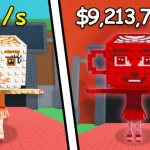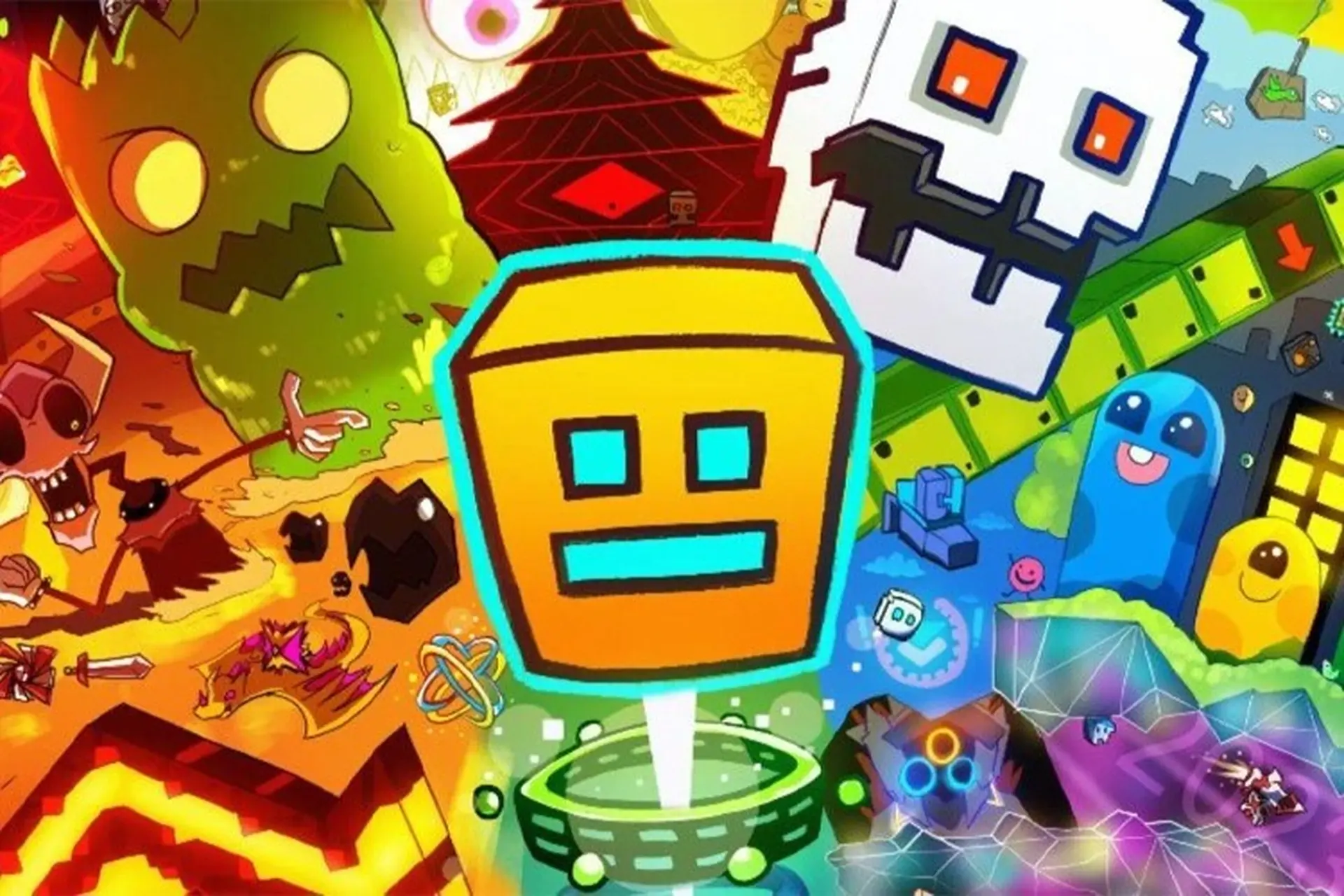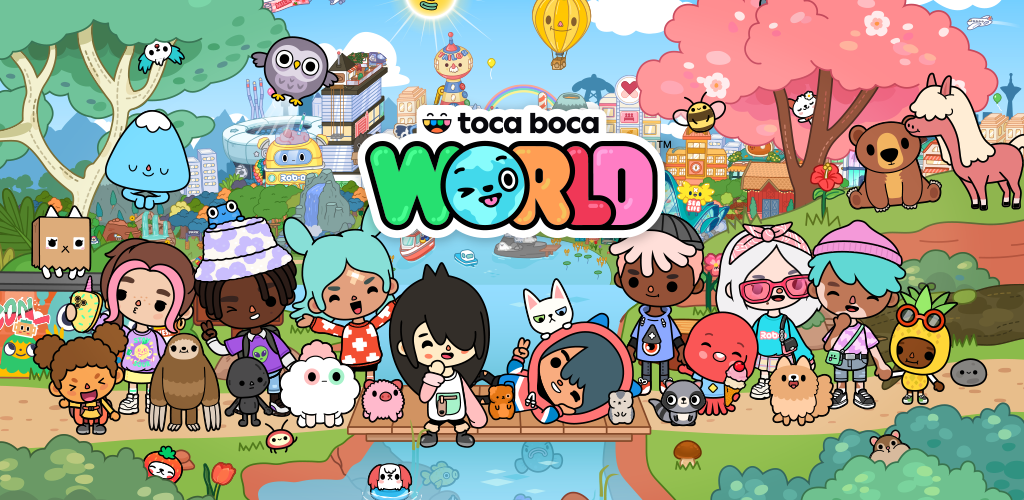Popular Now
Introduction
Playing Geometry Dash is fun—but creating your own levels adds a whole new layer of creativity and challenge. The in-game level editor gives you the power to design, build, and publish your very own stages. While it can be intimidating at first, once you understand how the editor works, designing levels becomes one of the most rewarding parts of the game. Whether you want to make a simple cube-jump map or a fully synchronized, decorated masterpiece, this guide will walk you through everything you need to know to build your first level from scratch.
1. Getting Familiar with the Level Editor Interface
Before creating anything, open the editor and spend some time exploring the interface. You'll notice several rows of tools, objects, triggers, and visual elements. Understanding what each tool does is the foundation of effective level building.
Key sections include:
-
Building tools: place, move, scale, rotate, and copy objects.
-
Layers: used to organize objects for better editing and decoration.
-
Object tab: includes blocks, hazards, and jump pads.
-
Triggers tab: for controlling gameplay effects like moving blocks or changing background colors.
Don’t try to learn everything at once—focus on the basics and expand your knowledge as you go.
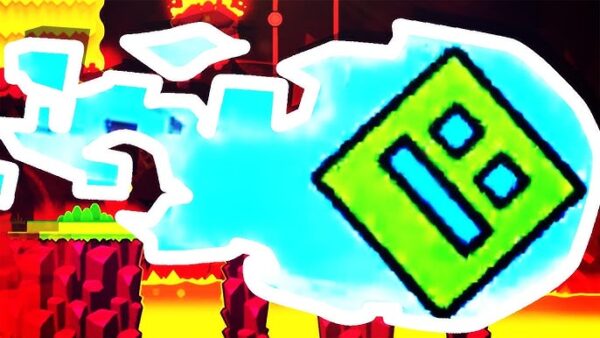
2. Start Simple: Build a Basic Cube Section
For your first level, start with a basic cube mode segment. Place some ground blocks, add a few spikes, and create a jumping rhythm. You can make this section about 10–15 seconds long to begin with.
Use regular jump pads and avoid overwhelming the player. Test it often to make sure the difficulty feels fair and fun.
This section will teach you how to:
-
Align objects correctly on the grid.
-
Create jump timing that feels natural.
-
Use portals to increase speed if desired.
Once your cube section works smoothly, you can build more complex forms or transitions.
3. Learn How to Use Portals and Transitions
Portals allow you to change the player's form, direction, speed, and gravity. Learning to use them correctly is essential to designing levels that feel polished.
Common portal types:
-
Speed portals (yellow, green, blue, pink): Adjust gameplay speed.
-
Form portals (cube, ship, wave, UFO, etc.): Change how the player moves.
-
Gravity portals: Flip gravity.
-
Direction portals: Reverse movement direction.
Make sure you give players time to react when using portals. For example, don’t place a ship portal right before a narrow gap—allow some space for the player to adjust.
4. Sync Your Level to the Music
One of the things that makes Geometry Dash special is its music. Syncing your level’s gameplay to the music rhythm dramatically increases player enjoyment and flow.
To sync your level:
-
Select a music track from the built-in Newgrounds library.
-
Listen to the beat and mark key moments using “guide lines” in the editor.
-
Place jumps, portals, and transitions that match the rhythm.
You don’t need to be perfect—just aim for rough alignment with the music. Over time, you’ll get better at building rhythm-based gameplay that feels natural.
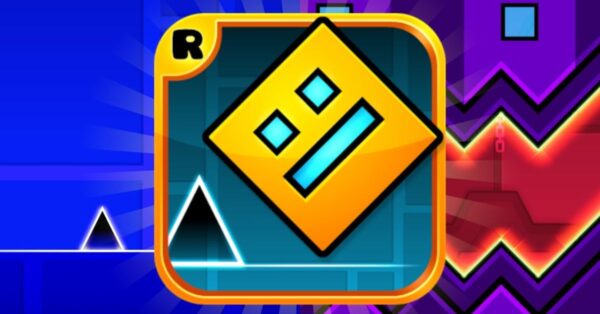
5. Test Your Level Frequently
Testing is a crucial part of the design process. After building each small section (even a few seconds long), playtest it to see if it works as intended.
Look for:
-
Broken jumps or impossible sections.
-
Awkward timings or unfair traps.
-
Smooth transitions between gameplay segments.
Use both Normal and Practice Mode for testing. Fix bugs early so they don’t pile up later. Also, avoid building the entire level first and testing afterward—it’s much harder to fix issues that way.
6. Decorate with Purpose
Once you’ve built a full gameplay layout, it’s time to add decorations. Start simple: use a few background elements, glow effects, and foreground shapes. Don’t aim for full-scale artistic design on your first level.
Tips for effective decoration:
-
Use consistent color schemes.
-
Avoid overusing effects that block visibility.
-
Place decorations on different layers to separate them from gameplay blocks.
-
Add pulsing objects or lights to match the beat.
Too much decoration can distract players, while too little can make the level feel empty. Aim for balance and clarity.
7. Use Triggers to Control Game Effects
Triggers are tools that allow you to animate, move, or modify elements in your level. You can use them to create awesome effects like pulsing lights, moving platforms, or background color shifts.
Common triggers to start with:
-
Move Trigger: Makes blocks move smoothly across the screen.
-
Alpha Trigger: Changes object visibility (good for fade-ins).
-
Color Trigger: Switches background or object colors.
-
Pulse Trigger: Adds beat-synced pulses.
Start with basic triggers, then experiment with more complex chains later. The trigger system is deep and powerful, but even simple uses can dramatically improve your level.
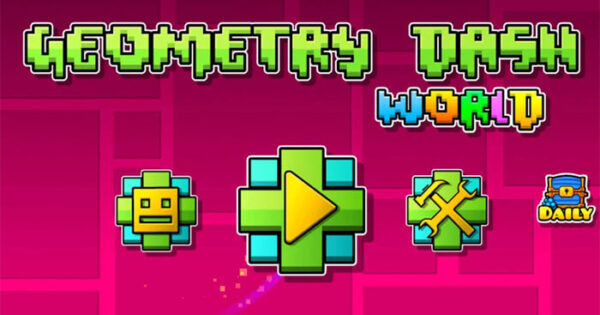
8. Save and Backup Your Progress Regularly
There’s nothing worse than spending hours on a level only to lose it due to a crash or mistake. Make it a habit to save your progress often.
Tips to stay safe:
-
Press the “Save and Exit” button every 10–15 minutes.
-
Back up your level by saving to the Geometry Dash cloud server.
-
Make copies of your level using “Copy Level” before major edits.
Also, use version names like “Level V1”, “V2”, or “Final” to keep track of changes. If something goes wrong, you can always return to an earlier version.
9. Playtest with Friends or the Community
Before publishing your level, ask friends or other players to test it. Outside feedback helps catch issues you might overlook—like awkward timings, visual clutter, or unfair traps.
You can:
-
Share a preview code or ID with friends.
-
Post in Geometry Dash forums or Discord servers for testers.
-
Watch how others play your level to see where they struggle.
If multiple players get stuck at the same spot, consider rebalancing or adding a guiding arrow. Good level design considers the player’s experience, not just your intent.
10. Publish and Share Your Level
Once your level is complete and tested, it's time to publish it. You’ll need to give it a title, difficulty rating suggestion, and a short description. Make sure the level is beatable in Normal Mode (a requirement for uploading).
Checklist before publishing:
-
Is the level fun and fair?
-
Is it free of bugs or invisible hazards?
-
Is it synced with the music reasonably well?
-
Is the title descriptive and inviting?
After publishing, you can share the level ID with the community. Players can then rate it, comment on it, and even feature it if it gets enough attention.
Conclusion
Creating your first Geometry Dash level can seem overwhelming, but it's also one of the most rewarding experiences in the game. From laying down simple cube jumps to syncing obstacles with music and polishing the design with decoration and triggers, every step gives you more creative control. Don’t worry about making a masterpiece on your first try. Focus on learning the tools, experimenting with ideas, and having fun. With time, patience, and practice, you’ll not only become a better creator—you’ll become a better player, too.
